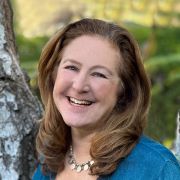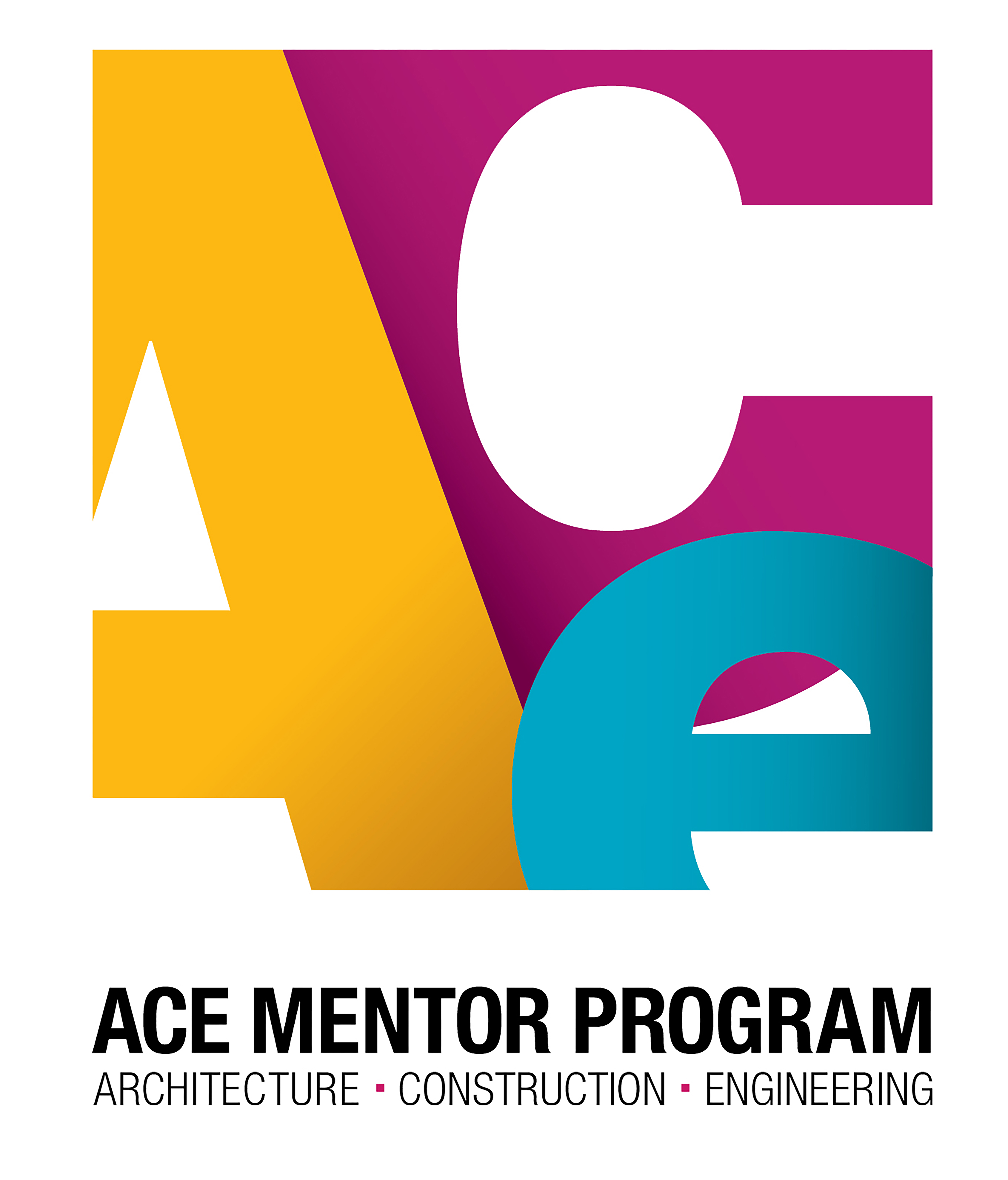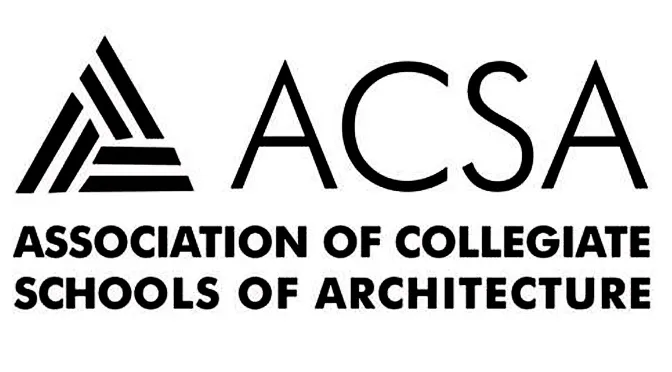For Students and Educators: Pedagogical Approaches in Sustainability
Learning Objectives:
- Describe how each of the presenter’s academic programs engage in sustainable education and research.
- Explain the benefits of hands-on research for students.
- Outline ongoing courses that highlight novel pedagogical approaches in sustainability.
- Discuss the impact of sustainability in education on the AEC industry at large.
Credits:
This course is approved as a Structured Course
This course can be self-reported to the AANB, as per their CE Guidelines
Approved for structured learning
Approved for Core Learning
This course can be self-reported to the NLAA
Course may qualify for Learning Hours with NWTAA
Course eligible for OAA Learning Hours
This course is approved as a core course
This course can be self-reported for Learning Units to the Architectural Institute of British Columbia
Architecture and design schools often tout their credentials in the field of sustainability, but, in the process, they often recycle the same old cliches and classroom semantics. However, there is another way. On April 23, join RECORD and three educators—from Berkeley’s Center for the Built Environment, the Sustainable Design Lab at MIT, and Parsons’s Healthy Material Labs—who are putting words into action by providing students platforms to delve into groundbreaking research in the field. Speakers will explore the overall methodologies and objectives of their respective programs and highlight their latest courses.

Photo courtesy of Getty Images

|
Gail Brager, Ph.D., is a distinguished Professor of Architecture at UC Berkeley in their Building Science, Technology & Sustainability program, and the Associate Director of the Center for the Built Environment (CBE), an industry/university collaborative research center with nearly 50 diverse partners from the building industry. Since joining the faculty in 1984, Prof. Brager remains passionate about teaching and conducting research addressing the design, operation and assessment of buildings to minimize energy consumption while enhancing indoor environmental quality and occupant experience. Prof. Brager has just completed a book co-authored with Prof Mark DeKay, Experiential Design Schemas, intersecting building and health sciences with architectural design and aimed at helping architects expand the delight, joy, serenity and nature connections possible in buildings. |

|
Jonsara Ruth is co-founder and Design Director of Healthy Materials Lab (HML) at Parsons School of Design, where she is an Associate Professor and Founding Director of the MFA Interior Design program. At HML, Jonsara co-leads a team of dedicated researchers to chart pathways and transform design and material practices toward healthier, sustainable futures with the goal of improving the health of underserved communities. Drawing from over a decade of leading design teams in the furniture industry, Jonsara brings an understanding of manufacturing, supply chains, labor practices, and a penchant for democratic design to her roles at HML and Parsons. Jonsara also founded Salty Labs, a design collective, to experiment and implement designs that embody circularity with healthy, low-carbon materials and strategies, working closely with local artisans to create interiors, furniture, and experiences. |

|
Christoph Reinhart is a building scientist and architectural educator working in the field of sustainable building design and environmental modeling. At MIT, he leads the Sustainable Design Lab (SDL), an inter-disciplinary group with a grounding in architecture that develops design workflows, planning tools and metrics to evaluate the environmental performance of buildings and neighborhoods. He is also a managing member at Solemma, a technology company and served as strategic development advisor for MIT spinoff mapdwell until it joined Palmetto Clean Technology in 2021. Planning tools originating from SDL and Solemma are used in practice and education in over 90 countries. |

























